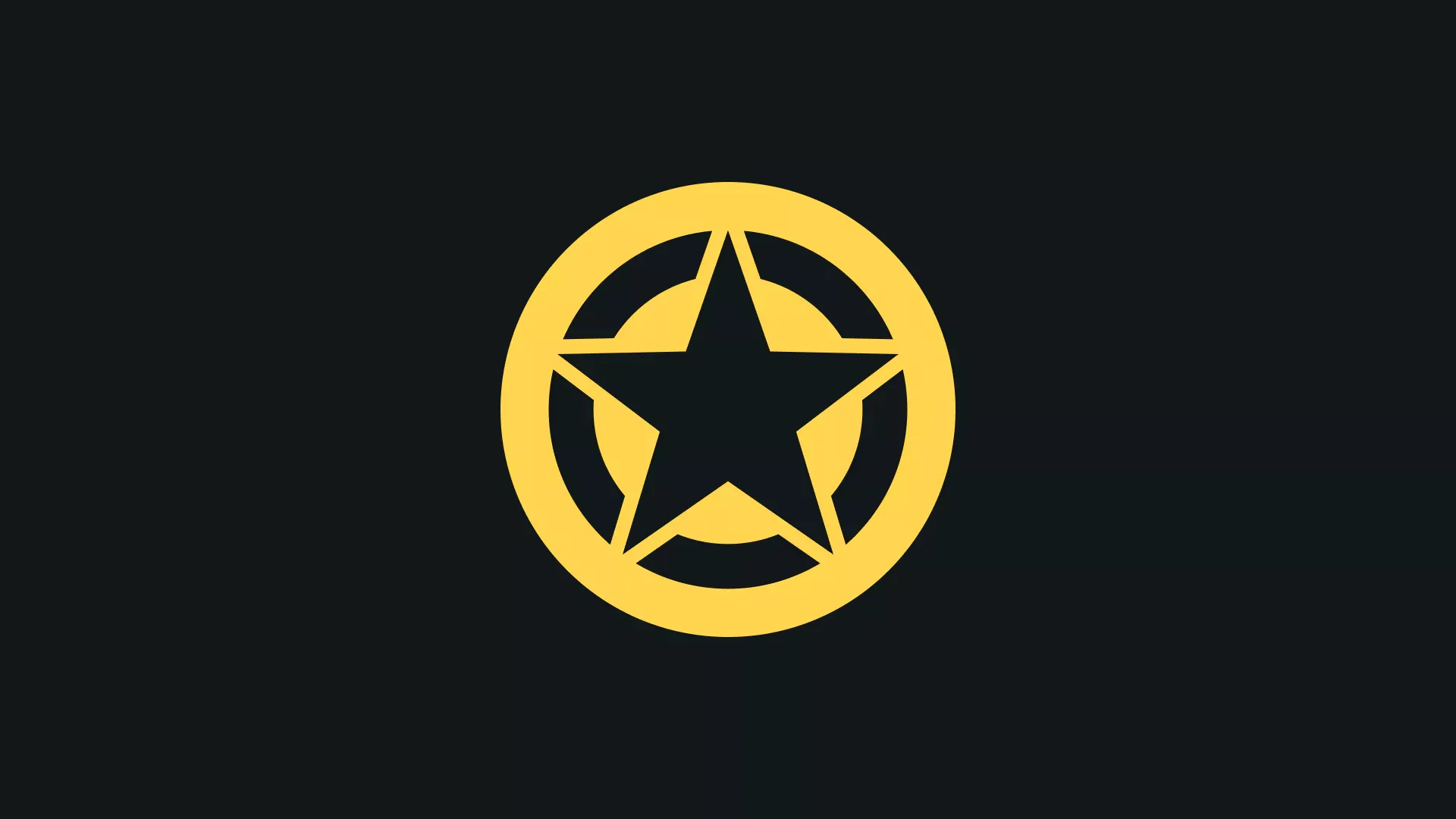Battle of Dakar
Political and military confrontation at Dakar during the Gryps Conflict.
The Battle of Dakar (ダカールの日, Dakāru no Hi, literally “The Day of Dakar”) was a pivotal political and military engagement on 13 November UC 0087 during the Gryps Conflict. Taking place at the Earth Federation assembly in Dakar, the battle is remembered less for military action than for Quattro Bajeena (Char Aznable)‘s famous televised speech exposing the Titans’ atrocities, fundamentally shifting the war’s political landscape and legitimizing AEUG’s cause.
Background
By late UC 0087, the Gryps Conflict had become increasingly brutal:
- The Titans wielded unchecked power within the Federation
- AEUG needed political legitimacy beyond military victories
- The Federation assembly remained largely ignorant of Titans’ atrocities
- Public opinion was manipulated by Titans propaganda
AEUG recognized that military victories alone wouldn’t end the conflict – they needed to expose the Titans politically.
AEUG’s Plan
AEUG developed bold strategy:
Political Objective
- Infiltrate Earth Federation assembly meeting at Dakar
- Broadcast speech exposing Titans’ war crimes
- Present evidence of Titans’ atrocities (colony gassings, 30 Bunch incident)
- Legitimize AEUG as defenders of Spacenoid rights
Military Support
- Karaba Earth forces provided ground support
- AEUG mobile suit teams escorted Quattro to Dakar
- Protect broadcast whilst speech delivered
- Engage Titans forces attempting to stop transmission
Quattro’s Speech
Quattro Bajeena delivered his famous address:
Content
- Revealed his identity as Char Aznable, the “Red Comet”
- Exposed Titans’ atrocities: colony gassings, civilian massacres
- Denounced Federation’s complicity in Titans’ crimes
- Called for recognition of Spacenoid autonomy
- Demanded Titans be held accountable
Delivery
- Broadcast globally through hijacked Federation networks
- Spoke with authority of legendary war hero
- Presented documented evidence of Titans’ crimes
- Appealed to humanity’s conscience
Impact
The speech fundamentally changed the conflict:
- Federation assembly could no longer ignore Titans’ crimes
- Public opinion shifted dramatically against Titans
- AEUG gained political legitimacy
- Titans lost moral authority
- Federation began reconsidering its support for Titans
Military Engagement
Whilst Quattro spoke, intense combat occurred:
Titans Response
- Titans mobile suit forces attempted to stop broadcast
- Attacks on transmission equipment
- Efforts to kill Quattro before speech completed
- Ground and air assaults
AEUG/Karaba Defense
- Kamille Bidan in Zeta Gundam provided air cover
- Karaba ground forces defended transmission site
- AEUG mobile suits engaged Titans units
- Successful protection allowed speech to complete
Casualties
Both sides suffered losses, but the political objective superseded military costs.
Aftermath
The Battle of Dakar’s consequences were profound:
Political Shift
- Federation assembly condemned Titans’ methods
- Political support for Titans eroded
- AEUG recognized as legitimate opposition
- War’s narrative changed from “suppressing rebels” to “stopping war criminals”
Military Impact
- Titans’ recruiting and support declined
- AEUG gained legitimacy and resources
- Federation began distancing itself from Titans
- Conflict entered final phase
Titans’ Desperation
- Loss of political cover drove Titans to greater extremes
- Increased reliance on superweapons (Colony Laser)
- Radicalization of remaining Titans leadership
- Pushed towards final confrontation at Gryps 2
Significance
The Battle of Dakar represented:
Political Warfare
- Demonstrated that modern conflicts required political legitimacy
- Information and public opinion as crucial as military victory
- Power of media in shaping conflict outcomes
- Importance of moral authority in warfare
Char’s Leadership
Quattro/Char showed:
- Strategic thinking beyond tactical combat
- Understanding that wars were won politically
- Willingness to reveal identity for greater cause
- Evolution from pure warrior to political leader
Turning Point
Dakar marked transition:
- From AEUG as “terrorists” to legitimate resistance
- From Titans as “peacekeepers” to exposed war criminals
- From military stalemate to political breakthrough
- Toward Gryps Conflict’s final phase
Behind the Scenes
The Battle of Dakar was created for Mobile Suit Zeta Gundam as crucial turning point where Char shifted from military commander to political leader. Director Tomino Yoshiyuki used the episode to explore how modern conflicts required political legitimacy alongside military power.
Quattro’s speech – particularly his revelation of his identity as Char Aznable – became one of Zeta Gundam’s most iconic moments, demonstrating that even legendary warriors recognized limits of military solutions.
The decision to name it “The Day of Dakar” (rather than “Battle”) emphasized its political rather than purely military significance.
Appearances
- Mobile Suit Zeta Gundam – Episode 37 “The Day of Dakar”
See also
- Gryps Conflict – Overarching conflict
- Quattro Bajeena – Speech deliverer
- Kamille Bidan – Provided combat support
- AEUG – Faction
- Titans – Exposed faction
- Karaba – Ground support
- Colony Laser – Titans’ subsequent weapon
External links
- Dakar’s Day on the Gundam Wiki
Explore more timeline events
Get battle analyses, conflicts and historical turning points delivered to your inbox.